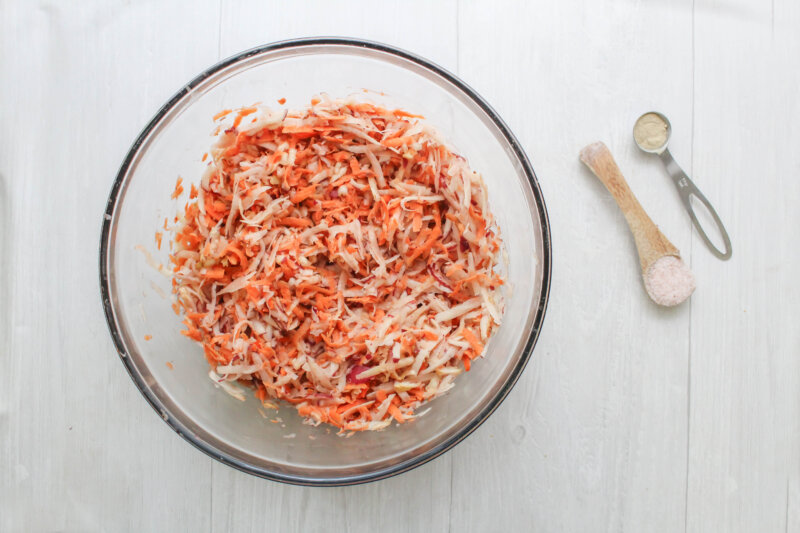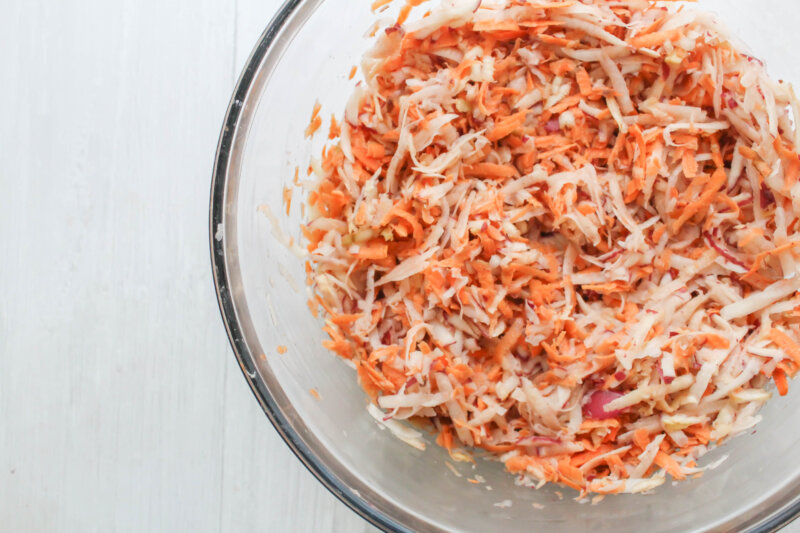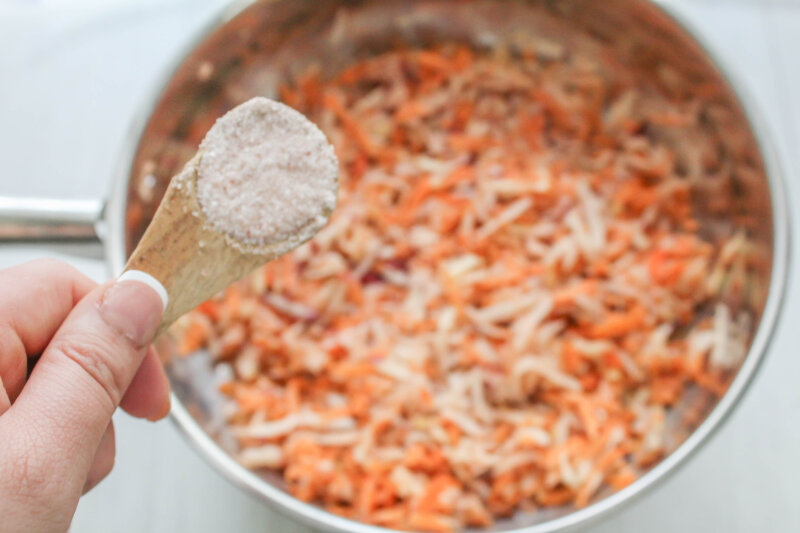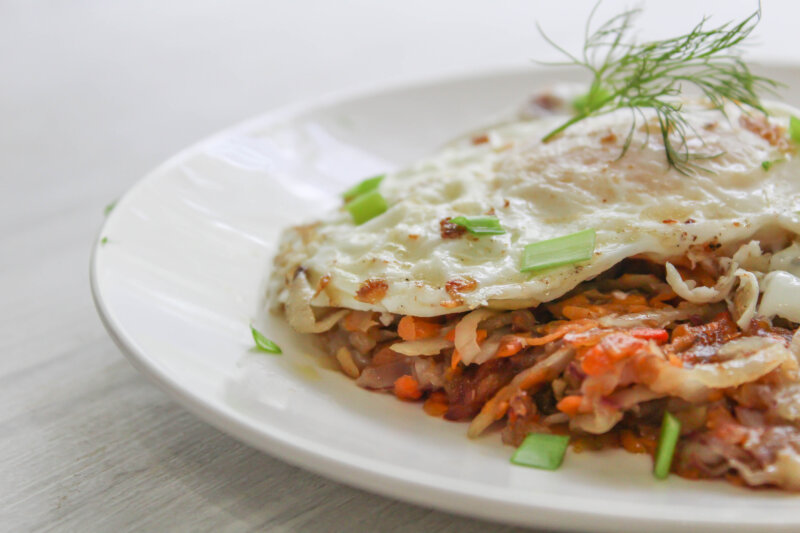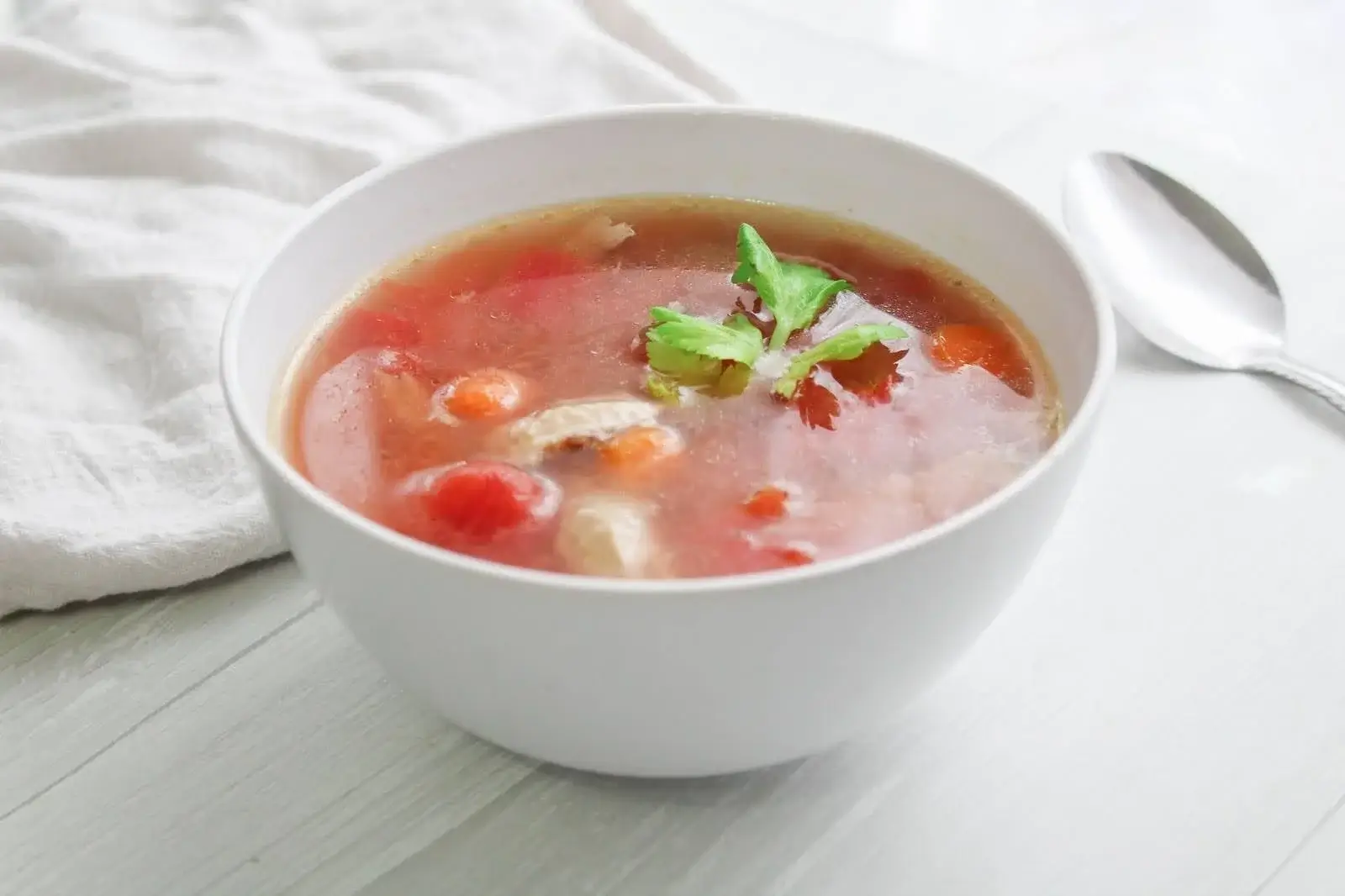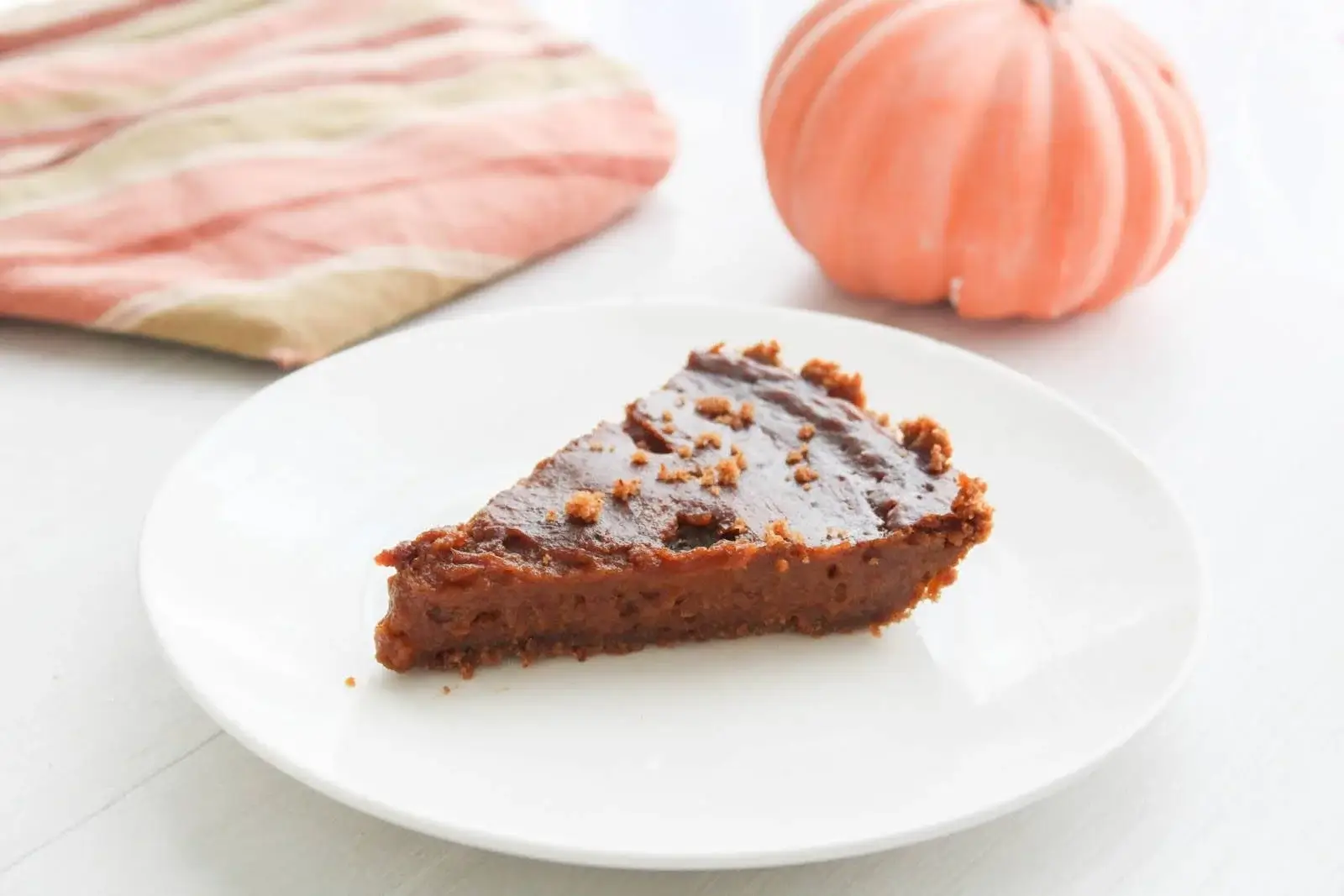My Homemade Hash Browns are a great way to start cooking from scratch. They’re easy, colorful, healthy, and delicious! The best part? You can use whatever root vegetables are lurking in your fridge. Organic carrots, parsnips, red potatoes, and sweet potatoes all crisp well, creating a tasty addition to any brunch.
I love adding colorful, homemade hash browns to our brunch rotations. They’re a lovely side dish that doesn’t require much effort and are always ready to reheat! Once you make hash browns from scratch, you’ll never go back to store-bought again.
Table of Contents:
Why Organic Root Vegetables?
Root vegetables are a great addition to any diet. Whether you pick them up at the store or grow them yourself, you’re sure to reap the benefits! Here are just a few reasons to add these delicious tubers to your plate.
Full of Nutrients
Orange-colored tubers contain a compound called beta-carotene. This gives the veggies their brilliant color, but it’s also valuable for the body. When digested, your body turns beta-carotene into vitamin A. (1)
This vitamin affects everything from your vision to your cardiovascular system. (2)
Anti-Cancer Properties
These same carotenoids are associated with a lower risk of certain types of cancer. (3) These vegetables are also full of antioxidants, which fight free radicals. When free radicals run rampant, inflammation increases. If inflammation is left unchecked, it can lead to aches, pains, and even cancer. It’s essential to include foods in our diet that fight cancer and nourish our bodies simultaneously. (4)
Budget-Friendly
Root vegetables aren’t just healthy; they’re also easy on your wallet. You can purchase them in bulk at a great price. When stored properly, they last a long time, so you can take advantage of any sale prices! When purchasing these veggies, be sure to buy organic varieties. These veggies are best for you because they aren’t exposed to toxic chemicals. You can also grow root vegetables easily in your garden. It’s so much fun to dig for potatoes at the end of the season! This is one of my kids’ favorite jobs.
Healthy Hash Brown Ingredients 101
This recipe doesn’t require any fancy ingredients! All you need is a few spices and some delicious veggies.
Organic Root Vegetables: One of my favorite hacks is making new potato plants from potatoes that look a little rough. These potatoes have usually been hiding in your fridge and have started to sprout eyes.
You could plant them in your garden, or you could cut out the eyes and use them to make my hash brown recipe! Vegetables that taste great in this recipe include:
- Carrots
- Parsnips
- Radishes
- Red Potatoes
- Sweet Potatoes
- Turnips
Use any or a combination of these veggies for a bright, decadent dish! Some root vegetables (like radishes) have a bitter flavor when raw, but they make a great potato substitute when cooked.
Pink Himalayan Salt or Sea Salt: Traditional table salt undergoes a rigorous harvesting process that often leaves it stripped of trace minerals. Your body needs a certain amount of sodium to thrive, but you need to give it the good stuff!
Sea salt is minimally processed, which leaves nutrients intact. It tastes great and adds a gourmet flair to any recipe. If you don’t have sea salt on hand, you can always use pink Himalayan salt, easily found at most grocery stores.
Organic White Pepper, Ground: White pepper is a must-have for any healthy chef! It has a lighter, milder taste than black and can be used interchangeably. I recommend freshly grinding your sea salt and pepper for the best flavor. Nothing beats fresh! You can also dress up your hash browns by topping them with various herbs, like parsley or chives.
Coconut Oil, Extra-Virgin and Unrefined: We recommend avoiding unhealthy fats and choosing coconut oil. This oil fries without leaving an odd flavor like other oils. Coconut oil isn’t just for the kitchen, though! You can also use it to moisturize, clean sticky surfaces, and, of course, substitute for butter. Recipes that contain coconut oil are great to serve at gatherings because they’re vegan, dairy-free, and gluten-free. It’s great for almost anyone!
Make My Easy Hash Browns Recipe
This recipe comes together in minutes and is so easy to make. If you have a food processor, all the hard work is done for you!
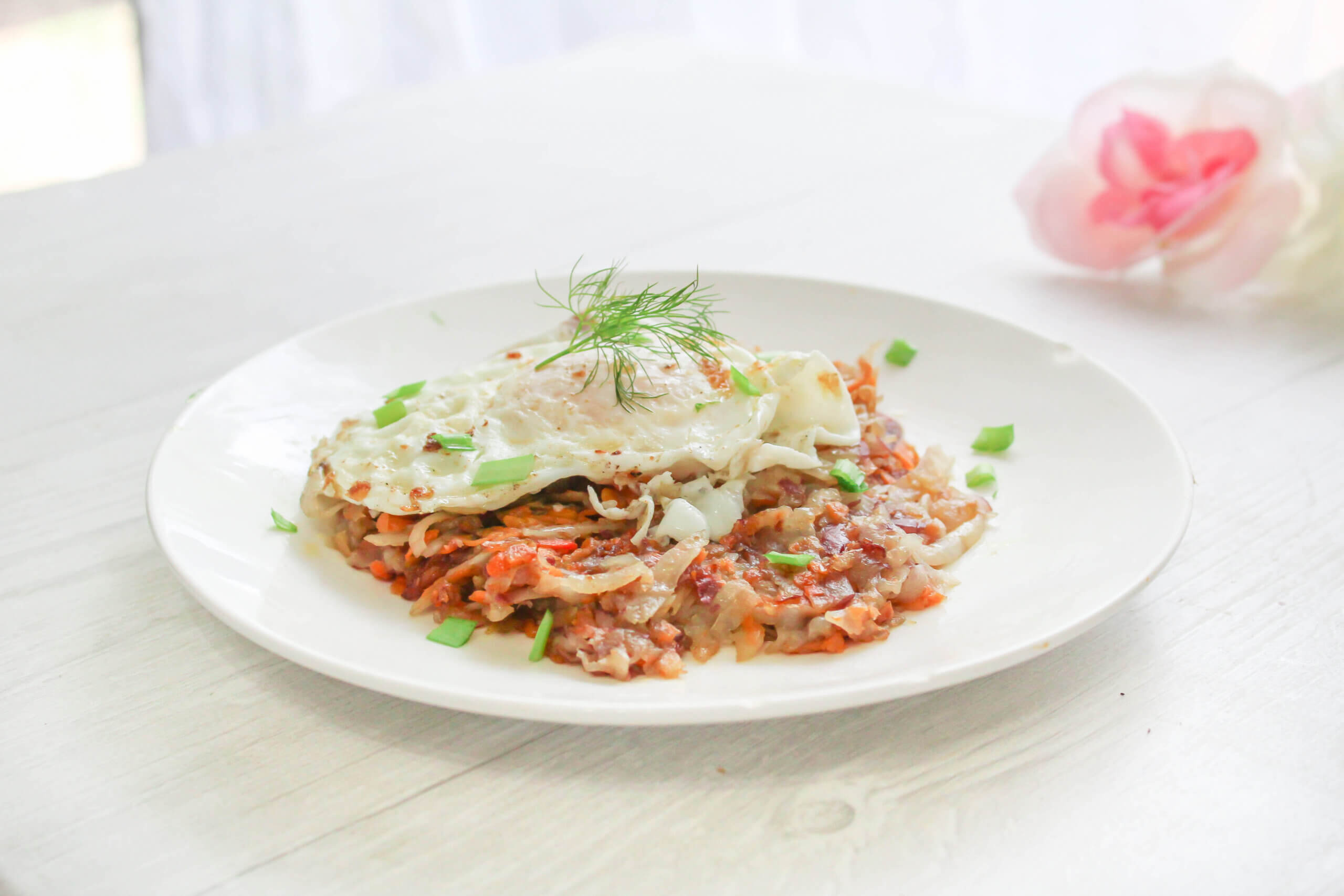
Hashbrown Recipe (Vegan)
Servings
Ingredients
- Coconut oil extra-virgin AND unrefined
- Organic root vegetables of choice, shredded
- Pink Himalayan salt OR sea salt, ground
- Organic white pepper, ground
Instructions
- Shred your organic root vegetables into large grated shreds using a food processor shredding plate or a hand-held grater.
- Melt the coconut oil over medium heat and place the shreds in the pan. Sprinkle with sea salt and white pepper to taste.
- When one side is lightly browned, flip the hashbrowns and let the other side brown.
Notes
Step One: Shred the Veggies
Shred your organic root vegetables into large grated shreds using a food processor shredding plate or a hand-held grater.
Step Two: Fry the Hash Browns
Melt the coconut oil over medium heat and place the shreds in the pan. Sprinkle with sea salt and white pepper to taste. When one side is lightly browned, flip the hash browns and let the other side brown.
Enjoy!
Serving Ideas
These hash browns pair well with my Homemade Ketchup, a sugar-free condiment that’s a refrigerator staple at our house! The kids love it! We enjoy breakfast for dinner every so often, just to shake things up, and these hash browns usually appear on the table.
We also enjoy frying or poaching an egg and placing it over the hash browns for a gourmet look. You can place these hash browns inside your omelet to beef it up or serve them as a substitute for french fries.
You can also use them as a substitute in any casserole that requires frozen hash browns. Just squeeze the moisture from your vegetable shreds before adding to other ingredients. The sky is the limit!
- https://www.ncbi.nlm.nih.gov/pmc/articles/PMC2854912/
- https://ods.od.nih.gov/factsheets/VitaminA-Consumer/#:~:text=Vitamin%20A%20is%20important%20for,fruits%20and%20vegetables%20their%20color.
- https://pubmed.ncbi.nlm.nih.gov/17284749/
- https://www.ncbi.nlm.nih.gov/pmc/articles/PMC2803035/


